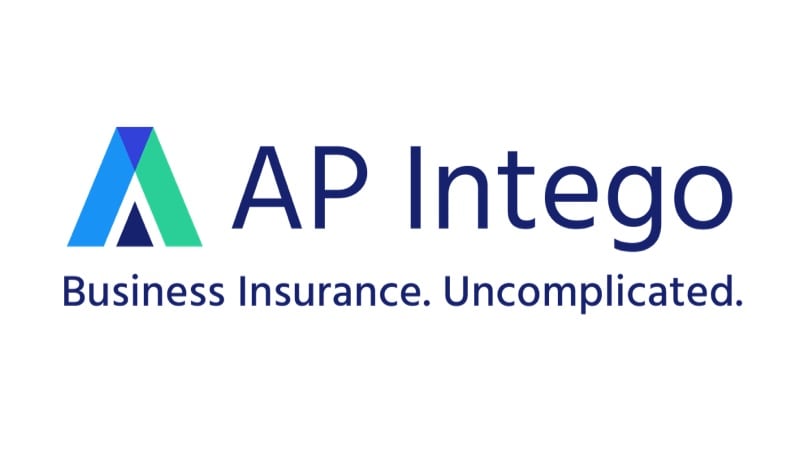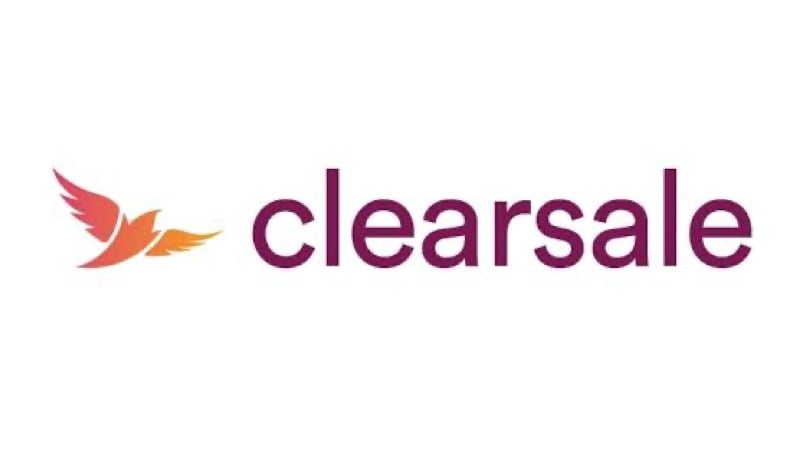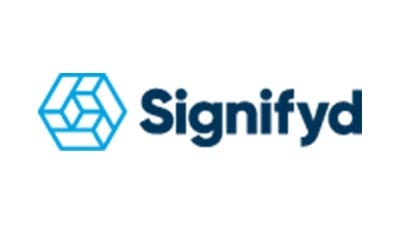You’re not just building a business for today, you’re building for the future. Set yourself up for long-term success with these tips and solutions for protecting your small business.
How to protect your small business
Keep your money safe
For many small business owners, online banking can be a convenient and secure way to manage the company’s finances. However, if you sign up for online banking, you may want to take a few extra precautions to make sure your account remains private and secure.

Use a unique and strong password
You may have a few passwords you like to use over and over again. Create a brand new one that you only use for your online bank account, and make sure the password is somewhat random (rather than a common word) with a mix of characters and capitalization.
Don’t log into your account while connected to public Wi-Fi
Someone else might be able to monitor your online activity.
Opt-in for two-factor authentication
If your bank offers it, sign up for two-factor authentication, which will require you to take an extra step to sign in to your account from an unfamiliar device. For example, you might have to copy a security code that’s sent to your phone or email.
Be cautious when checking emails. You may receive an email that looks like it’s from your bank or another trusted company, but is actually a trick. These phishing emails may ask you to sign in to your account (they could even direct you to a website that looks just like the bank’s website) or email back personal information, and then use that to log in to your account and steal your money. Ignore suspicious emails, or you can call your bank if you’re unsure about an email you receive. Always use the phone number on the back of your debit or credit card or on the bank’s official website and don’t rely on information from an incoming email.
Keep antivirus software updated. Make sure your computer has antivirus software, regularly check for software updates and scan your computer for infections. Change your banking password — and other online account passwords — if you find a virus.
Manage risk and fraud
Running a business carries inherent risks. Identifying and mitigating these risks will enable your small business to continue thriving. Fraudsters are constantly evolving new attacks and schemes, some of which target small businesses.
Preventing payment fraud
When setting up payment acceptance, several platforms (including our partners) offer fraud mitigation modules. Ensure these are enabled and configured. Example features to look for include limiting transaction amounts, number of transactions within a timeframe, enabling CVV checks (the 3 or 4 digit numbers on the back of cards), AVS checks (address verification services), and transaction risk scoring. Accept tokenized payments such as Apple Pay, Google Pay, and Samsung Pay. Tokenized transactions are proven to reduce fraud by replacing card numbers with unique tokens representing card numbers. Consider customer identification verification platforms. While some are features are embedded in payment platforms, other services that analyze consumer information such as email account age and IP address tracking may help to flag additional fraudulent transactions.
Risks and fraud attacks beyond payments
Beyond financial and payment risks, businesses should be prepared to address a variety of risks both internal and external. Internal risks are typically weaknesses that may be overlooked internally to your business such as equipment malfunctions, employee-related issues like theft, and even cash flow issues. External risks are typically out of your control and difficult to prepare for such as cyber security threats, shifting competitive landscapes, and litigation suits. While there is no one size fits all solution, do research common risks and approach them with a calculated methodology. Depending on your risk tolerance, you may decide to invest time in mitigation tactics, additional systems, and different types of business insurance.
Plan for small business emergencies
Although you can’t stop a natural disaster from happening, you can put a plan in place outlining what to do before, during and after such an event to minimize the impact it will have on the day-to-day operations of your business. About 40 to 60 percent of small businesses close permanently after large-scale disasters, such as hurricanes, floods, extreme winter weather, earthquakes, tornadoes and wildfires, according to the Federal Emergency Management Agency (FEMA). After a natural disaster, 96 percent of small businesses see revenue losses, with 35 percent experiencing losses greater than $25,000, according to the Small Business Credit Survey 2017, Report on Disaster Affected Firms by the Federal Reserve. In the first two months of the coronavirus (COVID-19) pandemic, 3.5 million U.S. small businesses will close permanently, and 7.5 million predicted they would be forced out of business over the next five months, according to an April 2020 Main Street America survey.

Make sure you have the following covered prior to an emergency
Secure insurance to cover any losses to your business and read your insurance policy from cover to cover, so you are familiar with it when you need it.
Keep your financial documents up-to-date so that you can apply for loans immediately following a disaster in order to keep your business running.
Maintain a detailed inventory list of all of your equipment and products to have ready when filing insurance claims.
Create emergency response and crisis communication plans prior to a disaster.
Store employee and vendor contact information on the cloud so you know where to reach staff if needed.
Take specific steps before, during and after a potential disaster in order to protect yourself and your business. Before a disaster happens, create a financial “survival kit” that includes essential documents to store on a cloud-based system. During the disaster, activate an emergency response plan to evacuate employees. After the disaster, make a detailed assessment of the damage done to your business and determine if you will need loans to help finance repairing and rebuilding.
Create an emergency response plan
Before you are ever faced with a disaster, you should develop a plan for keeping your employees safe, and your business and equipment secure. This plan should include:
How to alert your employees of an emergency, including easily accessible contact information.
Business evacuation plan outlining a meetup location that’s a safe distance away from your business, in case of a fire or similar disaster.
Emergency plan training for new and existing employees, so they can protect themselves from hazardous materials per the guidelines in the Center for Disease Control and Prevention.
Insurance company contacts for coverage and claims, as well as policy numbers and phone numbers to make calling about claims easier.
Vendor lists so you can purchase any equipment and materials you need to rebuild.
According to Ready.gov, an official website of the U.S. Department of Homeland Security, your emergency kit should include:
Financial documents backup kit
During a disaster, essential business documents can be damaged, lost or destroyed. By saving all of your essential financial and business documents on the cloud or an external hard drive located in a separate location from your business, you’ll ensure easy access to the files needed for loan applications following a disaster. The cloud, where you save digital files on an internet-based server, is a better option for protecting your business information and can give you the ability to access projects or documents remotely after the disaster. Be sure to have copies of your insurance policy in that same cloud. It’s smart to select a company that hosts (or saves) this information on servers located in a different city than the one where your business is located. This will ensure that in a large-scale disaster (such as a flood or hurricane), your records will not be at risk of being lost. If your information is lost, the Department of Homeland Security’s Ready.gov resource guide can help you start your information technology recovery planning process.

Insurance
Having the right insurance is an important way to ensure you have coverage for your business in the event of a natural disaster. When researching insurers, look for those that offer an in-depth explanation of insurance premiums (the amount a business pays for an insurance policy), coverage (amount of risk or liability that is covered for an individual or entity by way of insurance services) and deductibles (the set amount that you must pay, in addition to your premium, towards a loss or liability before your insurance company will start paying on your behalf).
Vendor and customer lists
Keep an up-to-date list of all of your employees, vendors and customers prior to a disaster so you can contact them after a disaster occurs. The vendor list should include the name of the company, type of service they provide, contact name, address, phone number, email and website, if available. This should also include potential vendors from whom you can purchase materials like side panels, windows or sheetrock for rebuilding your business, or the furniture and equipment you need to run your business. When you set your emergency response plan into action, you will have the contact information you need to get your business repaired and to announce that it has reopened.
Get back to business with Visa
Register for Visa’s Back to Business program to be added to our searchable database of small businesses around the country.
Planning + protection solutions

AP Intego uncomplicates insurance for your business.
More operations + security starting points
Other guides for getting started with small business operations.
Disclaimer: No Legal Advice Intended
This site provides general information related to creating and running a business. The content of this site is for informational purposes only and not for the purpose of providing legal or tax advice or opinions. The contents of this site, and the viewing of the information on this site, should not be construed as, and should not be relied upon for, legal or tax advice in any particular circumstance or fact situation. No action should be taken in reliance on the information contained on this site, and Visa Inc. disclaims all liability in respect to actions taken or not taken based on any or all of the contents of this site to the fullest extent permitted by law. You should contact an attorney to obtain advice with respect to any particular legal or tax issue or problem, including those relating to your current or potential business.
The contents of this site have been developed for a U.S. audience.




